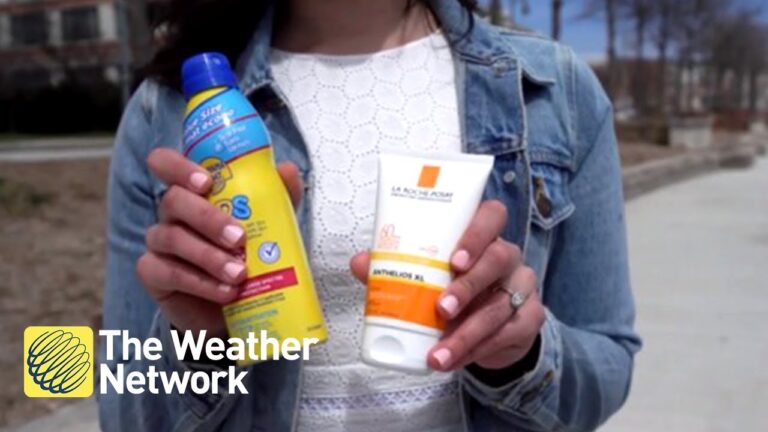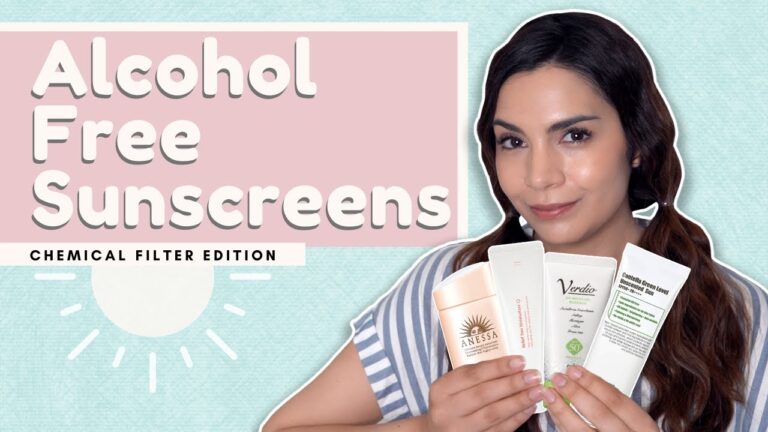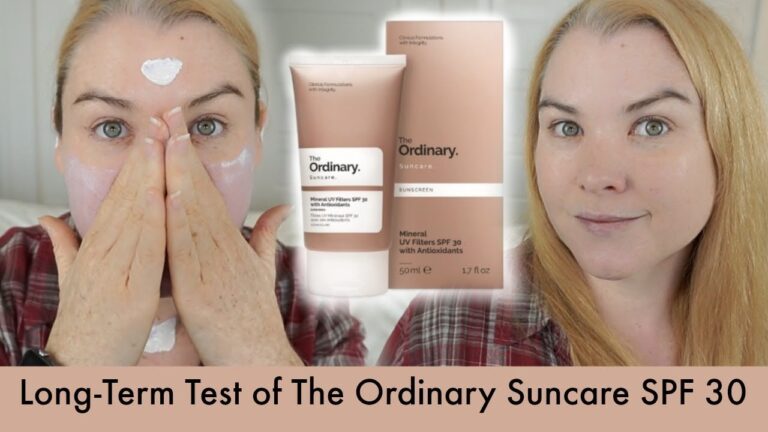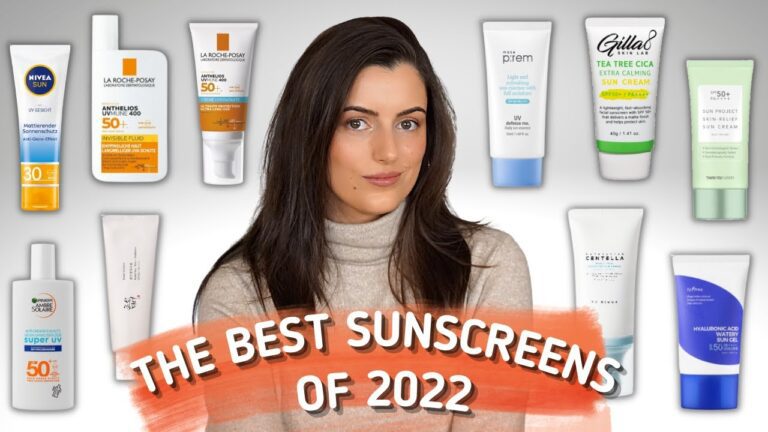The Ultimate Guide to Choosing the Right UV SPF Sunscreen
As we all know, protecting our skin from excessive sun exposure is crucial for maintaining healthy skin. One of the most common methods for protecting the skin against the sun’s harmful rays is through UV SPF. In this article, we will discuss everything you need to know about UV SPF, including what it is, how it works, and why it is so important.
UV SPF stands for Ultraviolet Sun Protection Factor. It is a measure of the degree to which a sunscreen protects the skin from UV radiation from the sun. The higher the SPF number, the greater the degree of protection provided. The two types of UV radiation that can damage skin are UVA and UVB. SPF mainly protects against UVB rays, but it can also provide some protection against UVA rays.
When using a sunscreen that includes UV SPF, it’s important to remember that it needs to be applied correctly for it to be effective. Typically, a sunscreen with an SPF of 30 or higher is recommended. It should be applied at least 15 minutes before going outside and reapplied every two hours or after swimming or sweating. If you are going to be outside for an extended period of time, you may want to consider using a product with a higher SPF.
There are many different types of sunscreens that provide UV SPF protection. Some are specifically designed for the face, while others are for the body. Some are water-resistant, while others are not. Additionally, there are sunscreens that are formulated for various skin types, such as oily, dry, or sensitive skin.
When looking for a sunscreen to provide UV SPF protection, it’s important to read the label carefully. Look for products that include ingredients like zinc oxide or titanium dioxide, which are physical sunscreens that reflect UVA and UVB rays. Chemical sunscreens, on the other hand, absorb UV rays and convert them into heat, which can cause irritation for some individuals.
The use of UV SPF products is not just limited to sunscreen. There are many other products that provide UV protection, such as clothing and hats. These products are specifically designed to protect against the sun’s harmful rays and are often labeled with a UPF (Ultraviolet Protection Factor) rating. The UPF rating measures the amount of UV radiation that is blocked by the fabric. A UPF rating of 50 means that only 1/50th of the UV radiation will pass through the fabric to reach the skin.
In conclusion, UV SPF protection is crucial for maintaining healthy skin and protecting against the harmful effects of UV radiation. When choosing a UV SPF product, it’s important to read the label carefully and look for ingredients like zinc oxide or titanium dioxide. Remember to apply sunscreen correctly and consider using clothing and hats with UPF ratings for added protection. Taking these steps can help ensure that your skin stays healthy and protected year-round.
Most searched products:
Argireline vs Retinol: Which should come first in your skincare routine?
7+ Must-Know Shades from the No. 7 Foundation Color Chart
Unveiling the Wonders of The Ordinary Red Mask: Benefits, Ingredients, and How to Use It
Retinol 101: A Beginner’s Guide to Using Retinol Skincare Products in the UK
Unlocking the Benefits of Niacinamide 10 Zinc 1 for Clear and Radiant Skin
Discover the Perfect Soothing Techniques for Ultimate Relaxation
The Ultimate Guide to Using The Ordinary Hydrochloric Acid: Benefits and Precautions
The Ultimate Guide to The Ordinary Euk: Benefits, Uses, and Reviews
Discover the Benefits of Renitol: The Ultimate Solution for Your Skin
All About Argerline: Benefits, Uses, and Side Effects Explained













